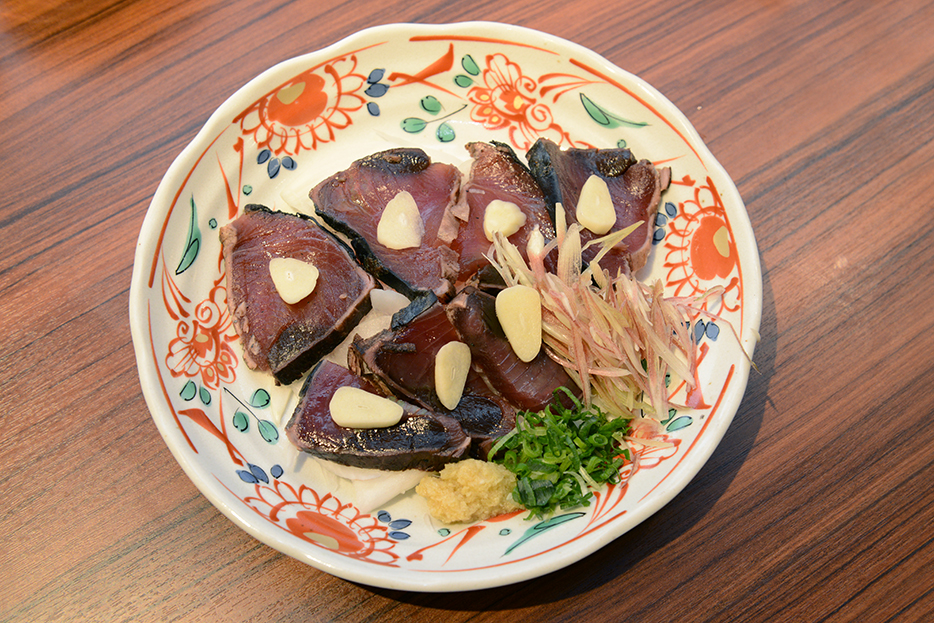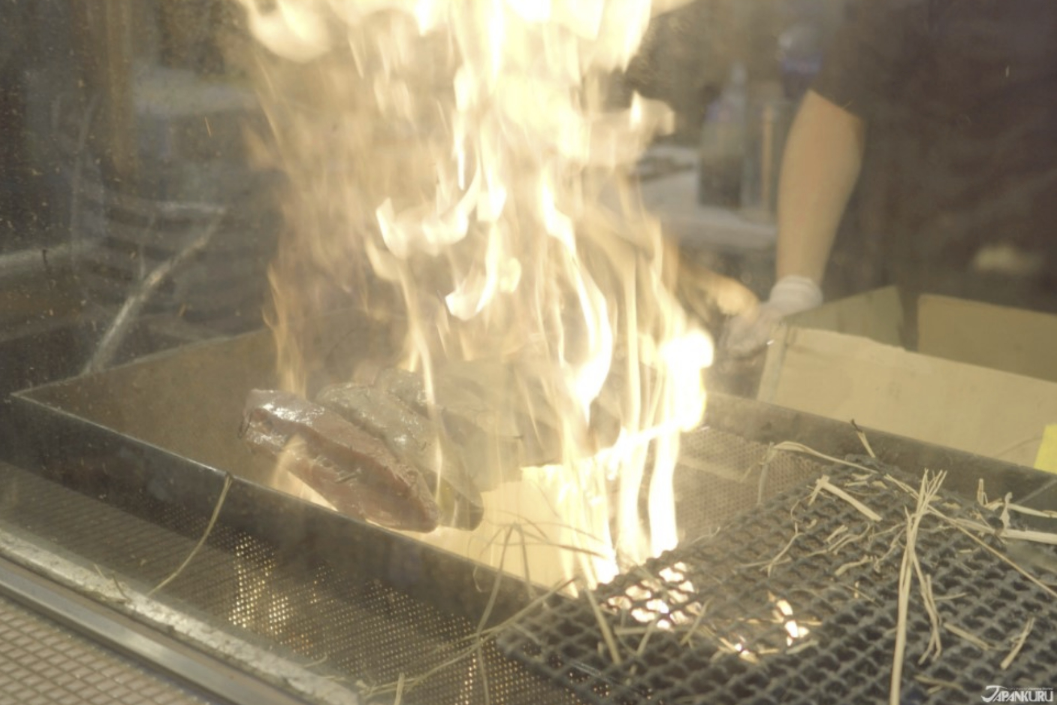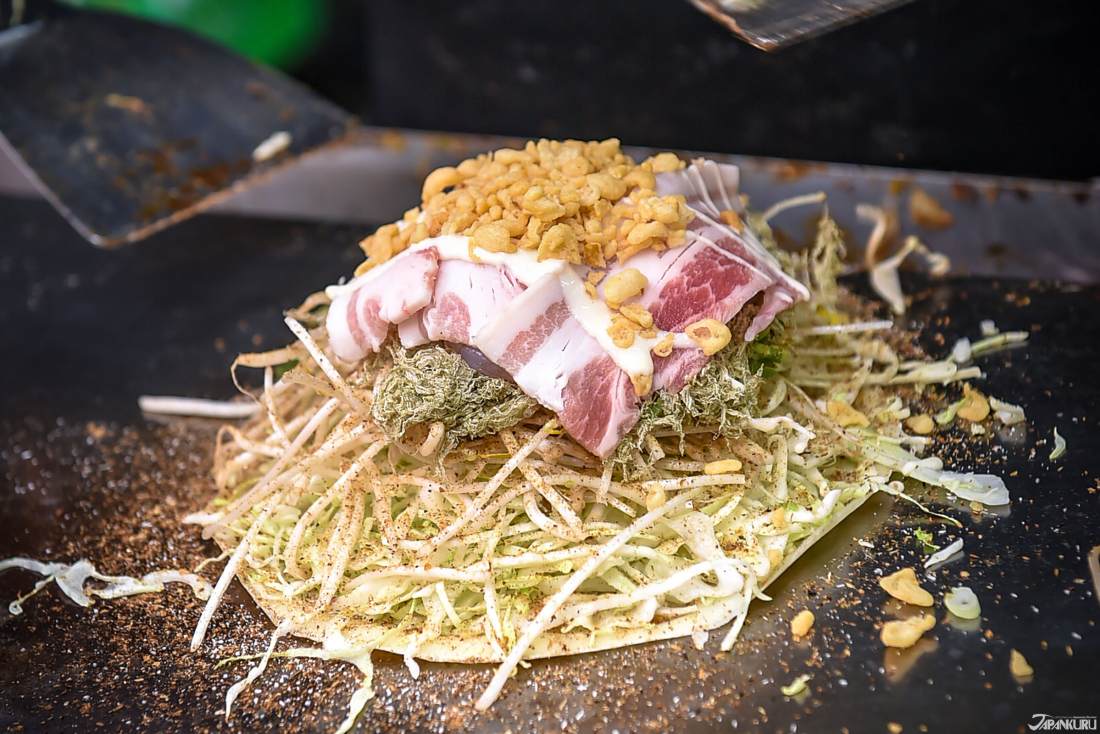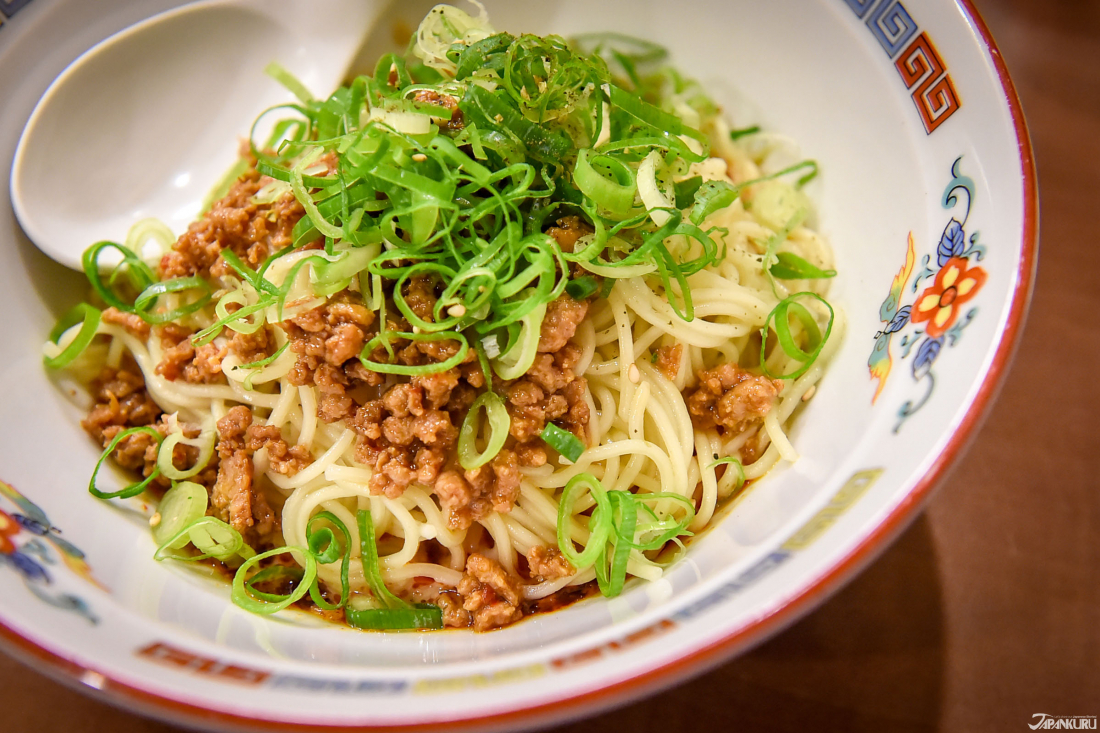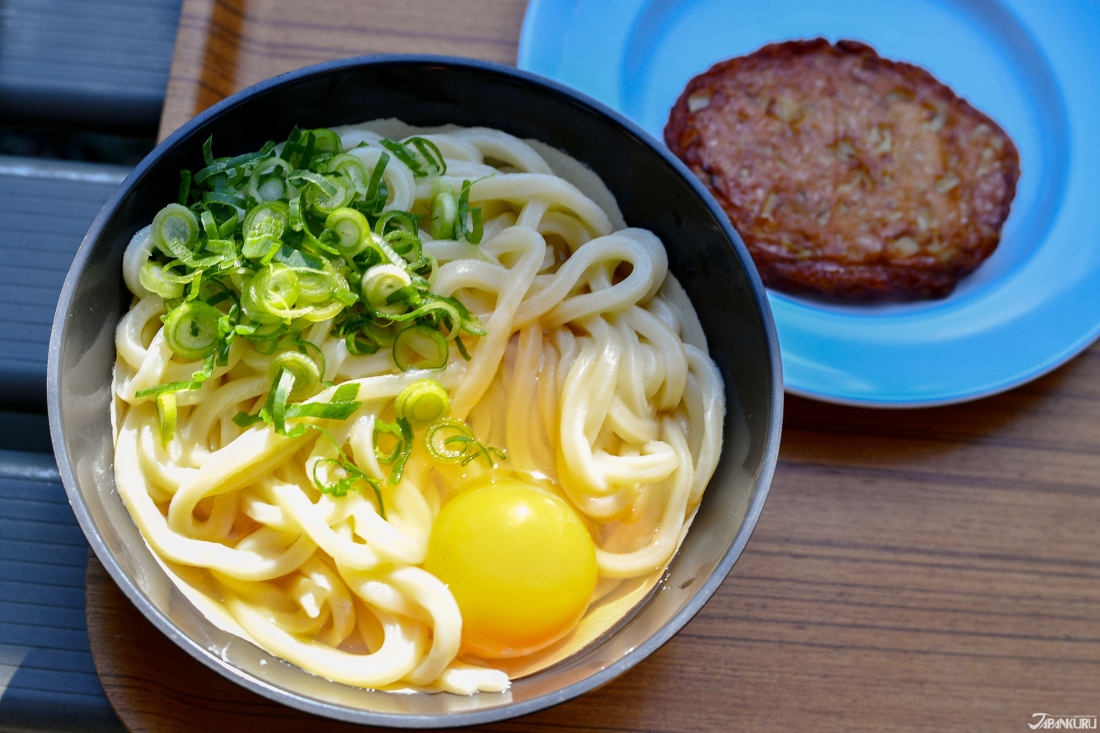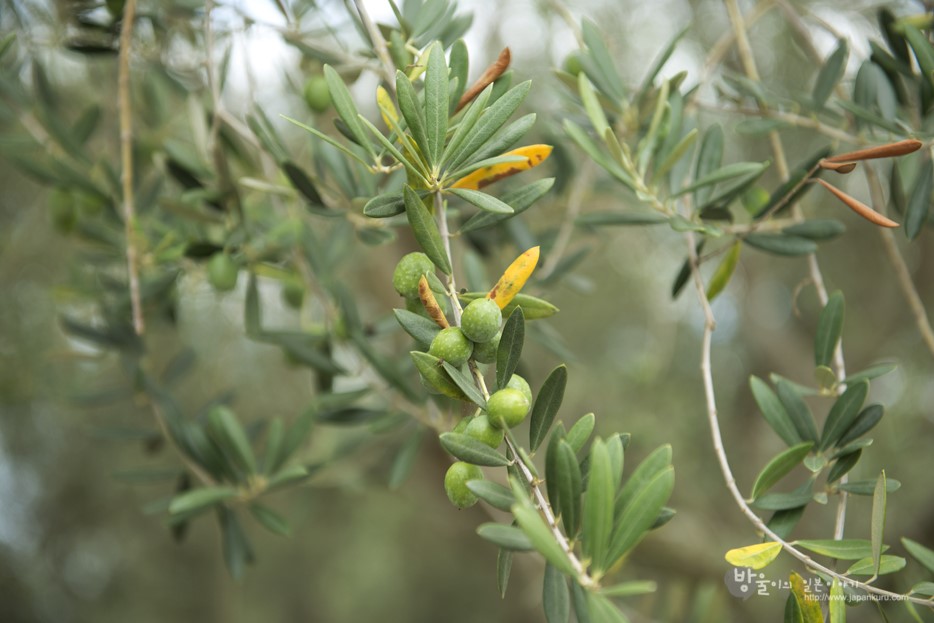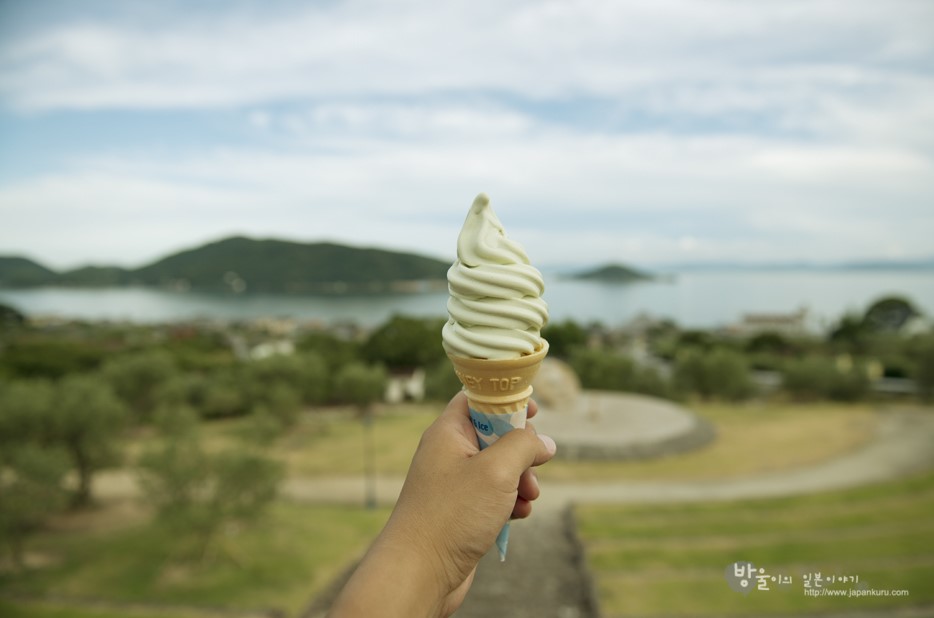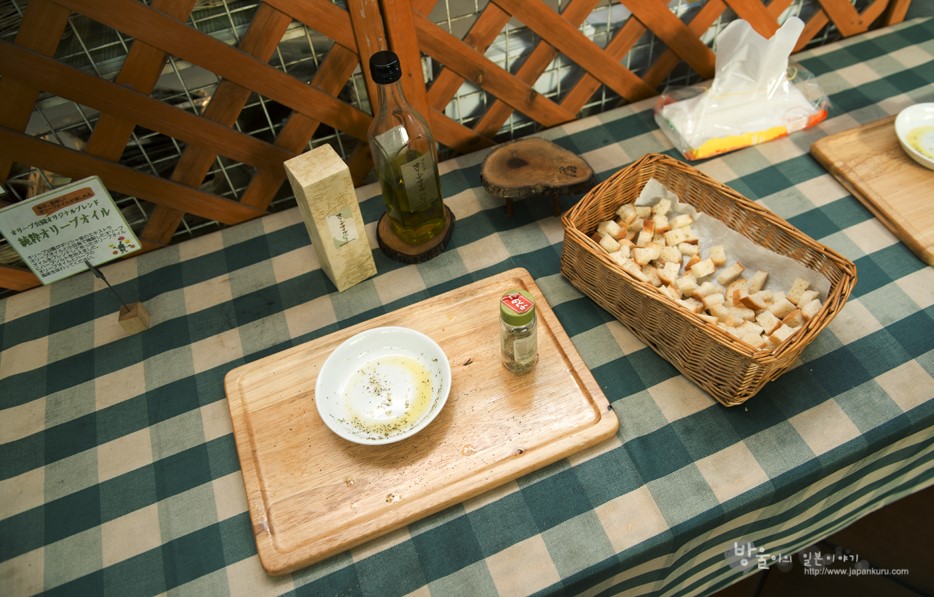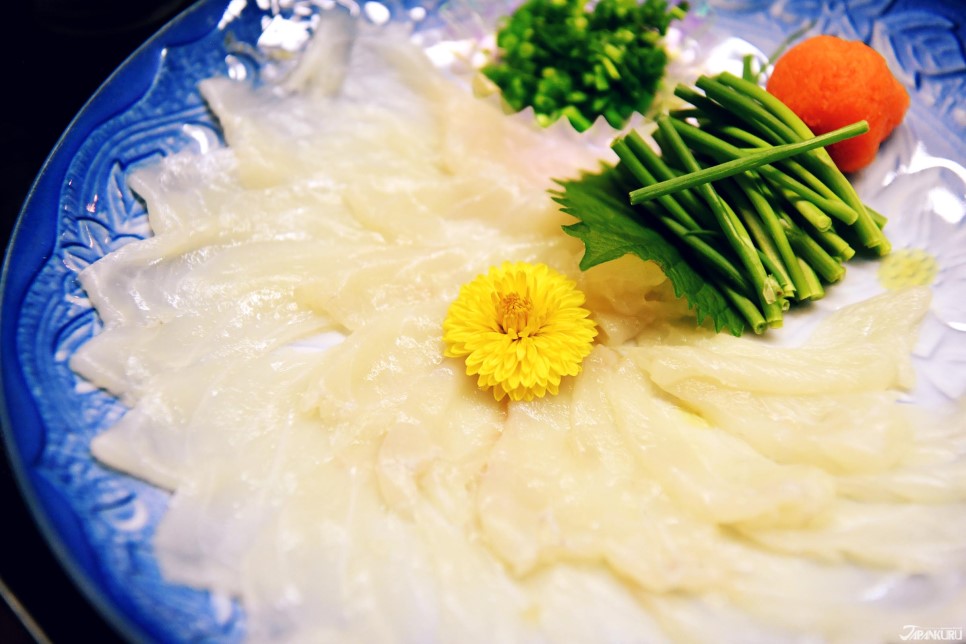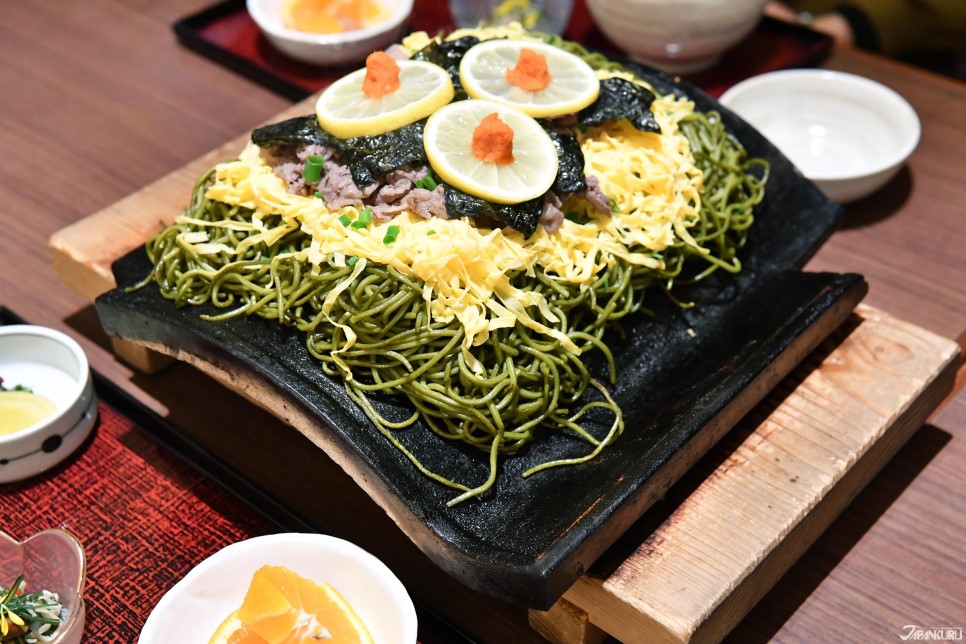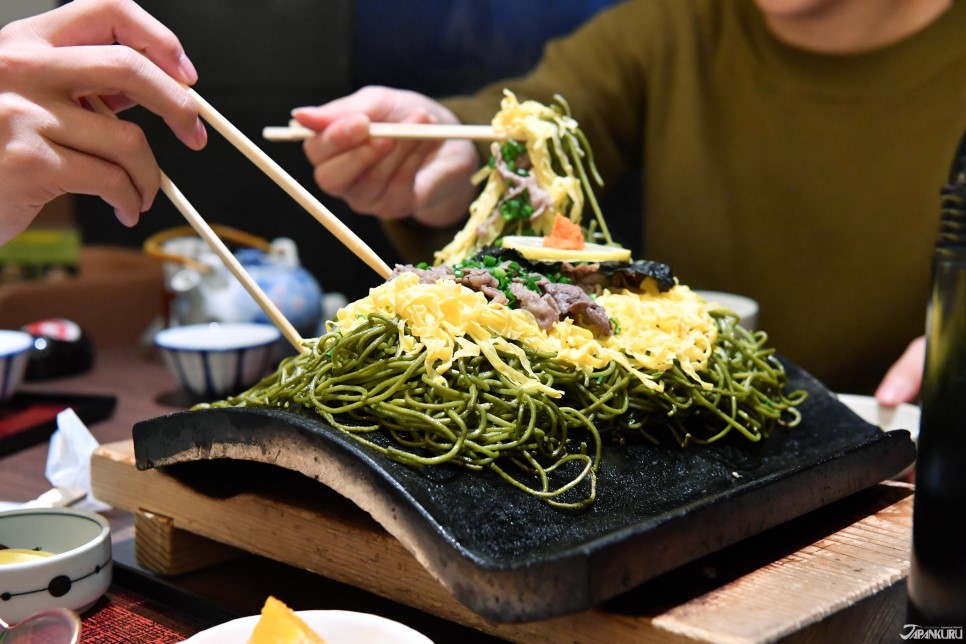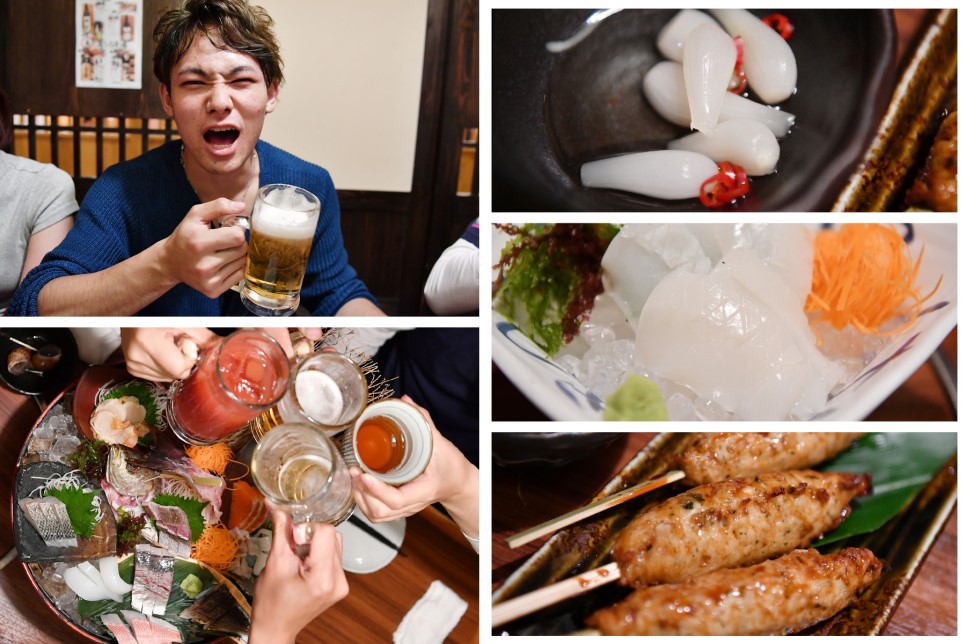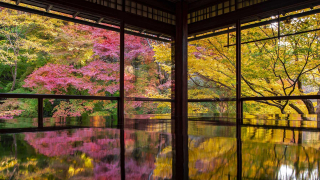- ① Kochi Prefecture: Seared Bonito (Katsuo Tataki, カツオたたき)
- ② Hiroshima Prefecture: Oysters, Lemons, Soupless DanDan Noodles, & Hiroshima Okonomiyaki
- ③ Kagawa Prefecture: Sanuki Udon (讃岐うどん)
- ④ Shodoshima Island: Olives
- ⑤ Yamaguchi Prefecture: Pufferfish (Fugu, ふぐ) & Kawara Soba (Rooftile Soba, 瓦そば)
- ⑥ Tottori Prefecture: Rakkyo Pickles (ラッキョウ)
Must-Try Delicacies of the Shikoku and Chugoku Regions
| Shikoku / chugoku Food Katsuo | 2019.07.09 |
Interested in traveling off the beaten track, but also looking to spoil the foodie inside of you? Tokyo has some great grub, but don't miss the chance to explore a little deeper into Japan and enjoy the country's more local dishes. Shikoku and Chugoku's great natural resources lead to mouth-watering regional specialties. Let us introduce you to a handful of the area's most delectable delicacies.
① Kochi Prefecture: Seared Bonito (Katsuo Tataki, カツオたたき)
-
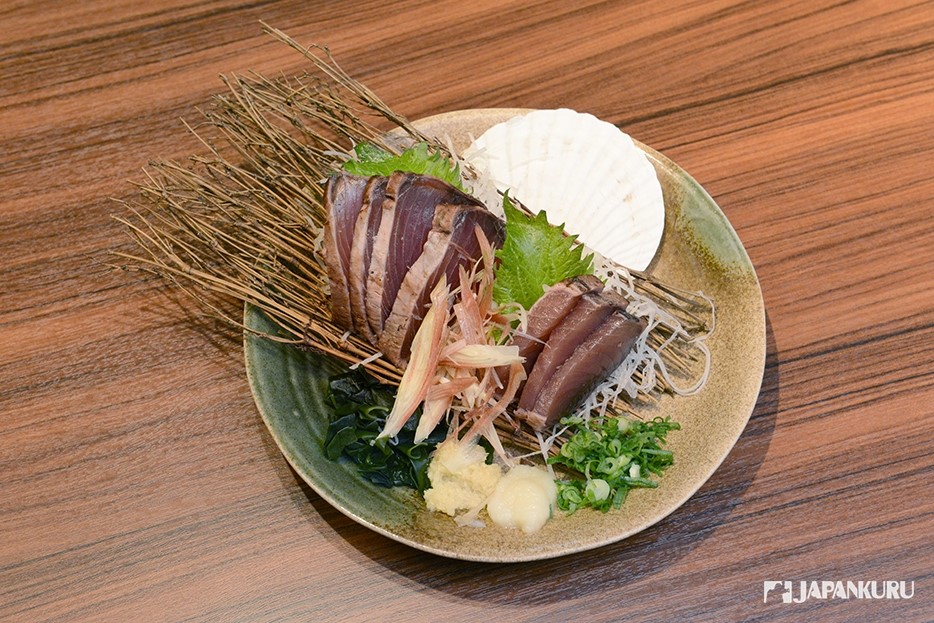
- If you've ever tried Takoyaki octopus balls, one of Japan's more famous specialties out of Osaka, you might have noticed that most vendors sell them with a sprinkling of paper-thin dried fish shavings. These shavings are called "katsuobushi", named after the katsuo fish (鰹, bonito in English) they're made out of.
Katsuo might be delicious on top of takoyaki, but it's pretty delectable when eaten in more conventional forms as well. Kochi Prefecture likes to sear the sides of a solid chunk of katsuo over a hot grill, and serve the extremely rare slices of fish with a variety of condiments.
- If you've ever tried Takoyaki octopus balls, one of Japan's more famous specialties out of Osaka, you might have noticed that most vendors sell them with a sprinkling of paper-thin dried fish shavings. These shavings are called "katsuobushi", named after the katsuo fish (鰹, bonito in English) they're made out of.
② Hiroshima Prefecture: Oysters, Lemons, Soupless DanDan Noodles, & Hiroshima Okonomiyaki
-

- When it comes to the natural products of Hiroshima, the region's tart lemons and fresh oysters are what come to mind! Local Setouchi lemons are a big enough regional export that when summer rolls around every year, you'll see products all over Japan available in limited edition Setouchi lemon flavor. They're tasty lemons with lots of uses.. and they make the perfect garnish for Hiroshima's freshly caught oysters! Grilled in their shells or on skewers with a squeeze of lemon juice, take a bite of some juicy shellfish.
While the Osaka-style okonomiyaki is maybe more prevalent (and is definitely easier to make at home), the Hiroshima preparation tends to be especially popular among foreign visitors. Perhaps it's the impressive precariousness of the pile of ingredients you see on the skillet? While Osaka okonomiyaki is more of a solid disc, Hiroshima okonomiyaki features towering layers of individual ingredients, fried on top of a thinner batter pancake. If you get to see it made in front of you, don't miss the opportunity to admire the chef's balancing skills.
If you want to try something with a little more kick, dig in to a dish of Hiroshima's soupless dandan noodles. Japanese dandan noodles usually come in a bowl full of spicy pork broth, but instead these are topped with a super-flavorful ground meat sauce.
If you want to learn more about the joys of a foodie trip to Hiroshima, plus some of the other fun things to do there, check out our article for more information.
If you want to try something with a little more kick, dig in to a dish of Hiroshima's soupless dandan noodles. Japanese dandan noodles usually come in a bowl full of spicy pork broth, but instead these are topped with a super-flavorful ground meat sauce.
If you want to learn more about the joys of a foodie trip to Hiroshima, plus some of the other fun things to do there, check out our article for more information.
③ Kagawa Prefecture: Sanuki Udon (讃岐うどん)
Kagawa makes some of the most famous udon in all of Japan, known as "sanuki udon." These noodles have a distinctly square cross-section, resulting in delicate edges and chewy insides. Wander Kagawa looking for a sign that says "さぬき" ("sanuki"), and you'll soon find yourself sitting in front of a tangle of delicious udon.
Kagawa isn't the only place in Japan with a local udon specialty! Read more about sanuki udon, and two other unique varieties here.
Kagawa isn't the only place in Japan with a local udon specialty! Read more about sanuki udon, and two other unique varieties here.
④ Shodoshima Island: Olives
I bet you weren't expecting to find olives as a Japanese specialty! But it turns out that Kagawa Prefecture's Shodoshima Island is home to a thriving olive farm. It's no huge plantation, but the olive orchard produces fruit that's used in all kinds of specialty products. From subtly delicious olive cookies to classic olive oil, plus olive hand cream and even olive soft-serve ice cream! These olives are something special.
⑤ Yamaguchi Prefecture: Pufferfish (Fugu, ふぐ) & Kawara Soba (Rooftile Soba, 瓦そば)
Yamaguchi is famous for its pufferfish (fugu) cuisine, and area is supposedly responsible for 80% of the blowfish caught in Japan. People worry that eating fugu is dangerous, since there are parts of the fish's body that contain poison. But really, chefs train for years before they're awarded the qualifications that allow them to prepare the fish for consumption. They're skilled at what they do, so indulge yourself in this upscale sashimi! Or you can always go back to Tokyo to try fugu added to ramen.
Kawara soba is a specialty of Shimonoseki City, but the legendary origins come from soldiers surrounding Kumamoto Castle, a ways south of Yamaguchi. The story goes that during the Satsuma Rebellion, or the Seinan War, they stole ceramic roof tiles from the sieged castle, and used them to cook their food in place of a pan. These days the heated tiles are still used to fry up this unique noodle dish, with soba and meat cooked together and then dipped in a light sauce.
⑥ Tottori Prefecture: Rakkyo Pickles (ラッキョウ)
These little pickles are made from a plant similar to scallions, garlic, and shallots, usually called Chinese onion in English. They're crisp with a nice sharp bite, and they're a specialty of Tottori! In Japan you'll often find them served in a variety of ways at izakaya taverns, or alongside Japanese curry. They add a little kick to what tends to be fairly savory food with deep flavors.
Now that you have a better idea of what to eat in Chugoku and Shikoku, we hope you'll be inspired to visit the areas! The two parts of Japan are full of interesting finds, which you can learn much more about on our Chugoku/Shikoku page, and they're not explored nearly enough by foreign visitors. Take the initiative, and try some truly delicious Japanese specialties!
Be sure to look out for more exciting articles every day at JAPANKURU!
Or add us on Instagram and Facebook to share your pictures of Japan. 🗾









